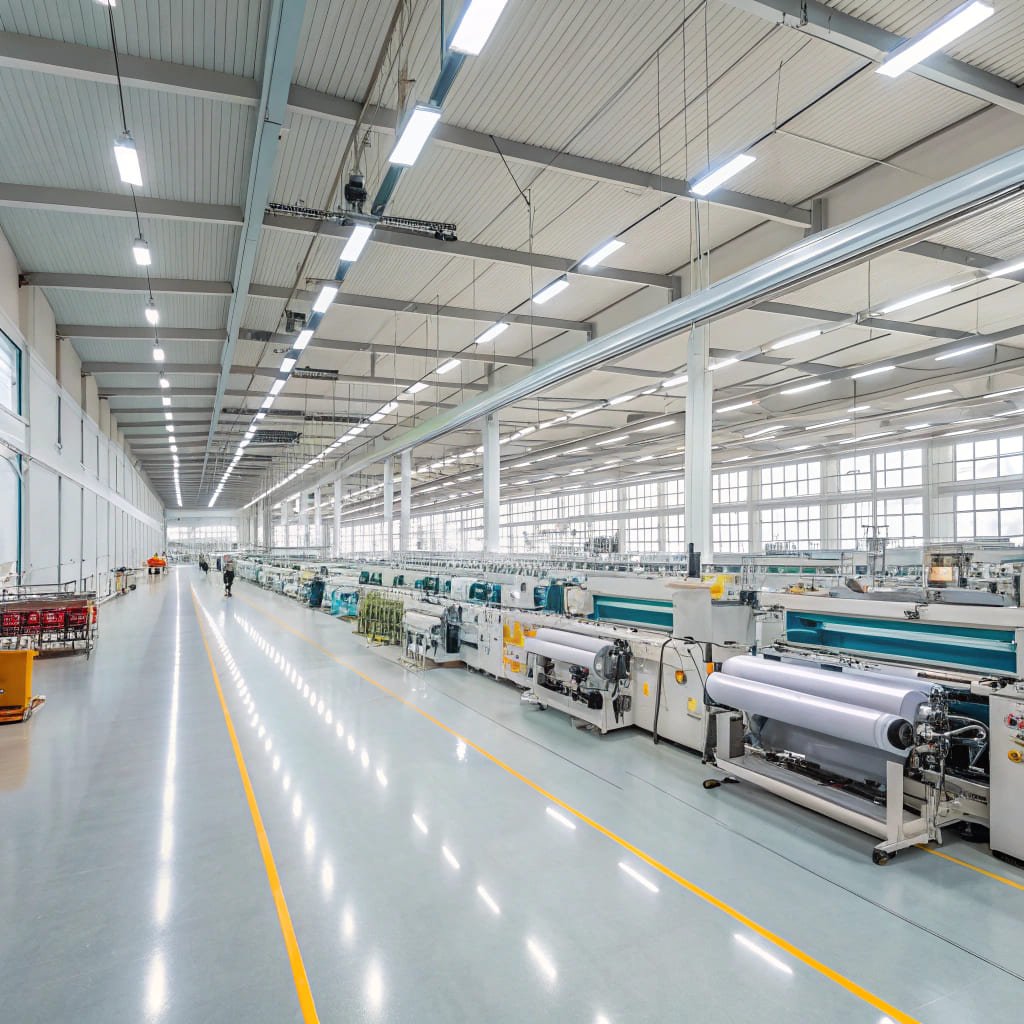Starting a window treatment business is challenging. Many entrepreneurs struggle to choose between OEM[^1] and ODM[^2] manufacturing models, risking costly mistakes and wasted resources.
OEM and ODM are two distinct manufacturing models for window treatments[^3]. OEM involves producing products to your exact specifications, while ODM lets you choose from a manufacturer's existing designs. The best choice depends on your business needs, resources, and market strategy.

As someone who has worked with both OEM and ODM manufacturers for over a decade, I've seen firsthand how this decision can make or break a business. Let me share what I've learned to help you make the right choice.
Which Is Better for Blinds Manufacturing: OEM or ODM?
The wrong manufacturing model can lead to quality issues, delayed launches, and wasted investment. Many blind businesses fail because they don't understand these crucial differences.
For blinds manufacturing, OEM is better if you want complete control over design and branding, while ODM works best for faster market entry with proven products. OEM requires more investment and time but offers uniqueness, whereas ODM provides speed and lower costs.

Comparing OEM vs ODM Manufacturing
| Feature | OEM | ODM |
|---|---|---|
| Design Control | Full control | Limited to existing designs |
| Initial Investment | Higher | Lower |
| Time to Market | 3-6 months | 1-2 months |
| MOQ Requirements | Usually higher | Usually lower |
| Customization | Extensive | Limited |
| R&D Costs | Buyer bears costs | Factory bears costs |
I remember when one of my clients chose OEM for their premium motorized blinds line. They invested six months in development but gained complete control over their product specifications and brand identity. Another client opted for ODM and launched their business within weeks, though with less distinctive products.
What is the OEM Business Model?
Many blind sellers get overwhelmed by the complexity of OEM manufacturing, leading to costly mistakes in product development and branding.
OEM (Original Equipment Manufacturing) is a business model where manufacturers produce products according to your exact specifications and designs. You maintain full control over product features, quality standards, and branding elements.

Key Elements of OEM Manufacturing
- Design Phase: You provide detailed specifications
- Testing Period: Multiple prototypes and adjustments
- Quality Control: Your standards, your inspections
- Branding: Complete control over packaging and labels
Last year, I guided a European distributor through the OEM process for their smart blind collection. We spent three months perfecting the motor integration and fabric selection, but the result was a truly unique product that stood out in their market. The key is understanding that OEM requires patience and investment, but offers unmatched control over your product identity.
What Are the Key Benefits of OEM?
Without understanding OEM's advantages, businesses might miss opportunities for market differentiation and brand building.
OEM's key benefits include complete control over product specifications, unique branding opportunities, better quality control, and the ability to create proprietary features that set your products apart from competitors.

Strategic Advantages of OEM Manufacturing
-
Brand Control
- Custom packaging design
- Unique product features
- Exclusive market positioning
-
Quality Management
- Detailed specification control
- Custom quality standards
- Regular factory audits
-
Market Differentiation
- Proprietary technologies
- Unique design elements
- Exclusive product features
One of my successful projects involved developing a custom child-safe mechanism for roller blinds. Through OEM, we created a patented safety feature that became a major selling point. This level of innovation wouldn't have been possible with ODM.
What is the Disadvantage of OEM?
Some businesses learn about OEM's challenges the hard way, facing unexpected delays and cost overruns that could have been avoided with proper planning.
The main disadvantages of OEM include higher initial investments, longer development times, larger minimum order quantities (MOQs), and the need for more intensive quality control and relationship management with manufacturers.

Common OEM Challenges and Solutions
-
Development Timeline
- Challenge: 3-6 months for new products
- Solution: Detailed project planning
- Risk mitigation strategies
-
Cost Factors
- Higher tooling investments
- Increased R&D expenses
- Quality control costs
-
Resource Requirements
- Technical expertise needed
- Quality control staff
- Supply chain management
I once worked with a startup that underestimated the time needed for OEM development. Their launch was delayed by three months due to multiple rounds of prototyping. We learned to build realistic timelines and set proper expectations with stakeholders.
Conclusion
Whether you choose OEM or ODM depends on your business goals, resources, and market strategy. OEM offers control and uniqueness but requires more investment, while ODM provides faster market entry with proven products.
---
[^1]: Understanding the OEM business model is crucial for making informed decisions in product development and branding.
[^2]: Exploring the advantages of ODM can help you determine if it's the right choice for your business strategy and market entry.
[^3]: Learning best practices for starting a window treatment business can guide you in avoiding common pitfalls and achieving success.Partner with VelaBlinds for Your Next Project
Smart window treatments shouldn't be complicated. After working with 500+ distributors and contractors worldwide, I've streamlined the process to get you quality products, competitive pricing, and reliable support - every time.
Why project professionals choose VelaBlinds:
- ✅ Fast, Accurate Quotes - Detailed specs and pricing within 24 hours
- ✅ Transparent Pricing - No hidden fees, volume discounts clearly outlined
- ✅ Quality Assurance - Direct partnerships with certified OEM manufacturers
- ✅ Project Support - Dedicated account manager from quote to delivery
Start your next project:
📧 Quick Quote: Send your requirements to info@velablinds.com
📱 Direct Contact: WhatsApp +86 137 2012 8317
🌐 Browse Solutions: https://velablinds.com/
📁 Product Resources: Access spec sheets, catalogs & project files
Jimmy Chen, Founder
"I built VelaBlinds to solve the real challenges I faced as a project buyer - long lead times, unclear specs, and unreliable suppliers. Let's discuss how we can power your projects with smarter blinds."
Serving distributors and contractors across North America, Europe, and Australia since 2018.



